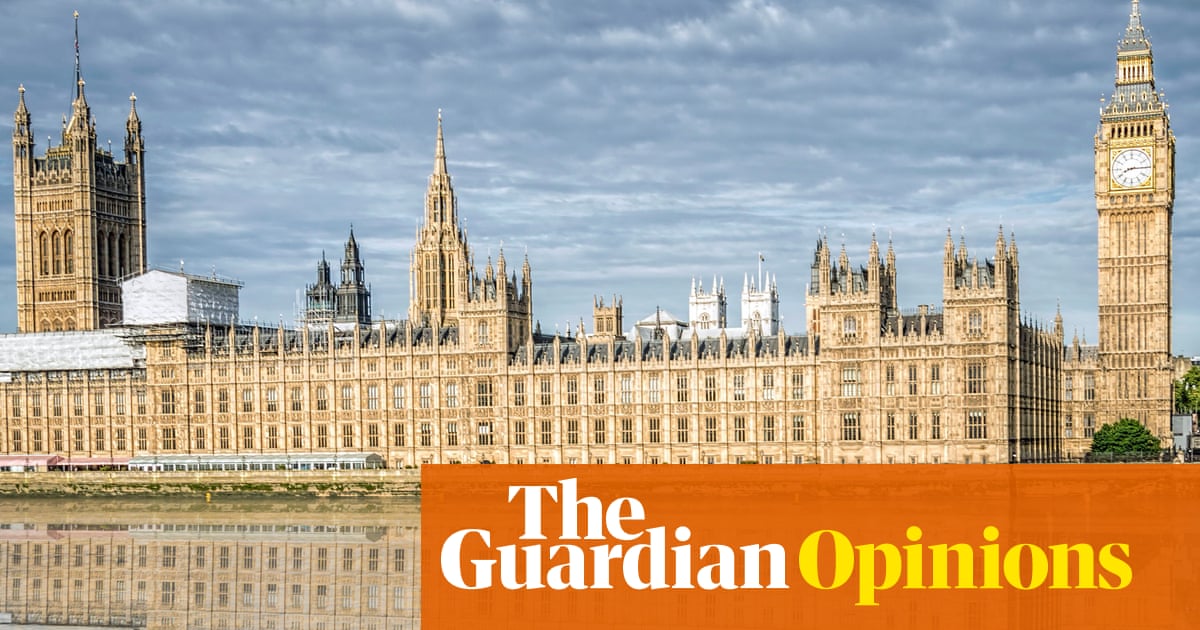
The government is on track to break a key election promise from Boris Johnson to build 40 new hospitals in England by the end of the decade, a damning report by the public spending watchdog has found.
Delays to projects mean the target is unlikely to be met, with work on buildings in the second cohort of the scheme yet to have started as of May, according to the National Audit Office.
The approach to achieving objectives at the lowest possible cost could also result in hospitals that are too small, the watchdog warned, as modelling assumptions may be unrealistic about the extent to which care in future will be provided outside hospitals.
The government failed to achieve good value for money, with the scheme having cost £1.1bn by March this year, and progress has been slower than expected, the report concluded.
Steve Barclay’s department was said to have taken a “maximum risk” approach to the project. Analysis by the NAO found that of the 32 projects announced in 2020 that are being taken forward, just 11 qualify as “whole new hospitals”.
It said 20 amounted to rebuilds of existing hospitals, erecting major new buildings at existing sites or a major redevelopment of existing buildings. One scheme did not meet any of those criteria, according to the report.
The watchdog cautioned that larger hospital projects may have to take place simultaneously – making it harder to find builders and ramping up costs.
The hospitals could be forced to run at very high occupancy levels, as much as 95%, which were said by the NAO to be “highly undesirable and indicative of crisis”.
NHS England has prioritised reducing occupancy rates to 92% over the current financial year, leading the report to warn: “There is a risk that running hospitals very full in future may affect their smooth operation and reduce the amount of spare capacity for coping with normal variations in demand, unexpected shocks and health crises.”
The claim will ignite concerns that the new hospitals would struggle to cope in the event of another pandemic, given England already has one of the highest rates of hospital bed occupancy among countries in the Organisation for Economic Co-operation and Development.
Gareth Davies, the head of the NAO, said: “By the definition the government used in 2020, it will now deliver 32 rather than 40 new hospitals by 2030.”
In May, a reset of the scheme was conducted by Barclay. He revealed eight of the original cohort of 40 hospitals would be delayed into the next decade.
In a bid to save face and claim the government would still hit its target, he included five other hospitals in the programme. Five are built with concrete that is well past its 30-year lifespan, and three are schemes for mental health facilities.
Trusts will be concerned by the findings in the new report and are already being forced to stump up “eye-watering” sums to patch up out-of-date facilities, said Julian Hartley, chief executive of NHS Providers.
He argued ministers “could have better managed expectations” about funding issues with the project – given the delayed timelines and impact of inflation.
Hartley added: “The government must future-proof new hospitals and care settings and heed the NAO’s warning that hospitals may be too small given high levels of bed occupancy.”
Labour said the report showed just one hospital is on track to be built by the general election. Wes Streeting, the shadow health secretary, said: “The Conservatives have overpromised, under-delivered, and they’ve been found out. Meanwhile patients are being treated in outdated, crumbling hospitals. Labour will make our NHS fit for the future.”
A spokesperson for the Department of Health and Social Care said: “The NAO’s report acknowledges that, despite changes to the original programme, 40 new hospitals are still expected to be delivered by 2030 and praises the programme’s innovative plans to standardise hospital construction, deliver efficiencies and improve quality.
“We remain firmly committed to delivering these hospitals, which are now expected to be backed by over £20bn of investment – helping to cut waiting lists so people can get the treatment they need quicker. Three new hospitals have already opened and more will open this year so patients and staff can benefit from major new hospital buildings, equipped with the latest technology.”












